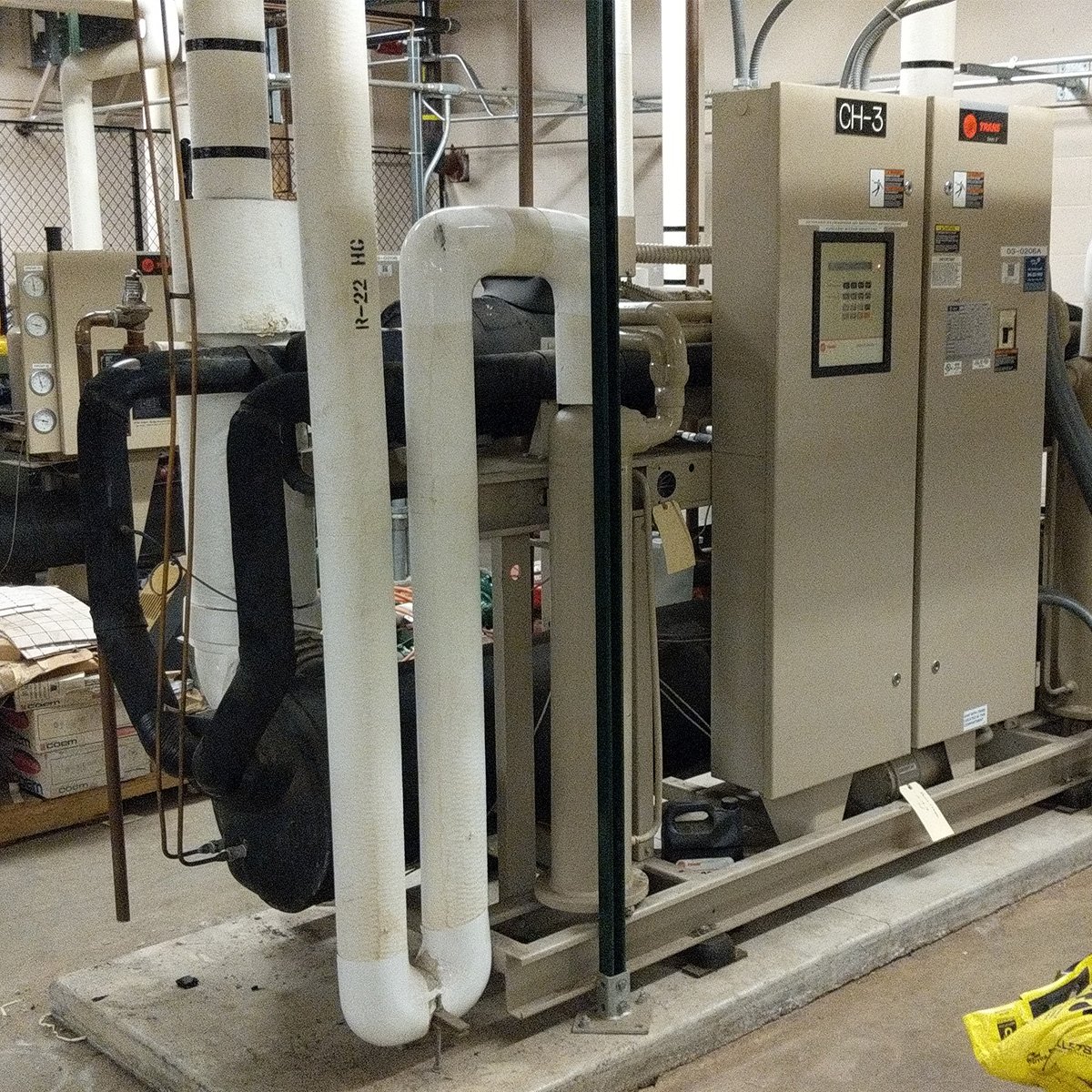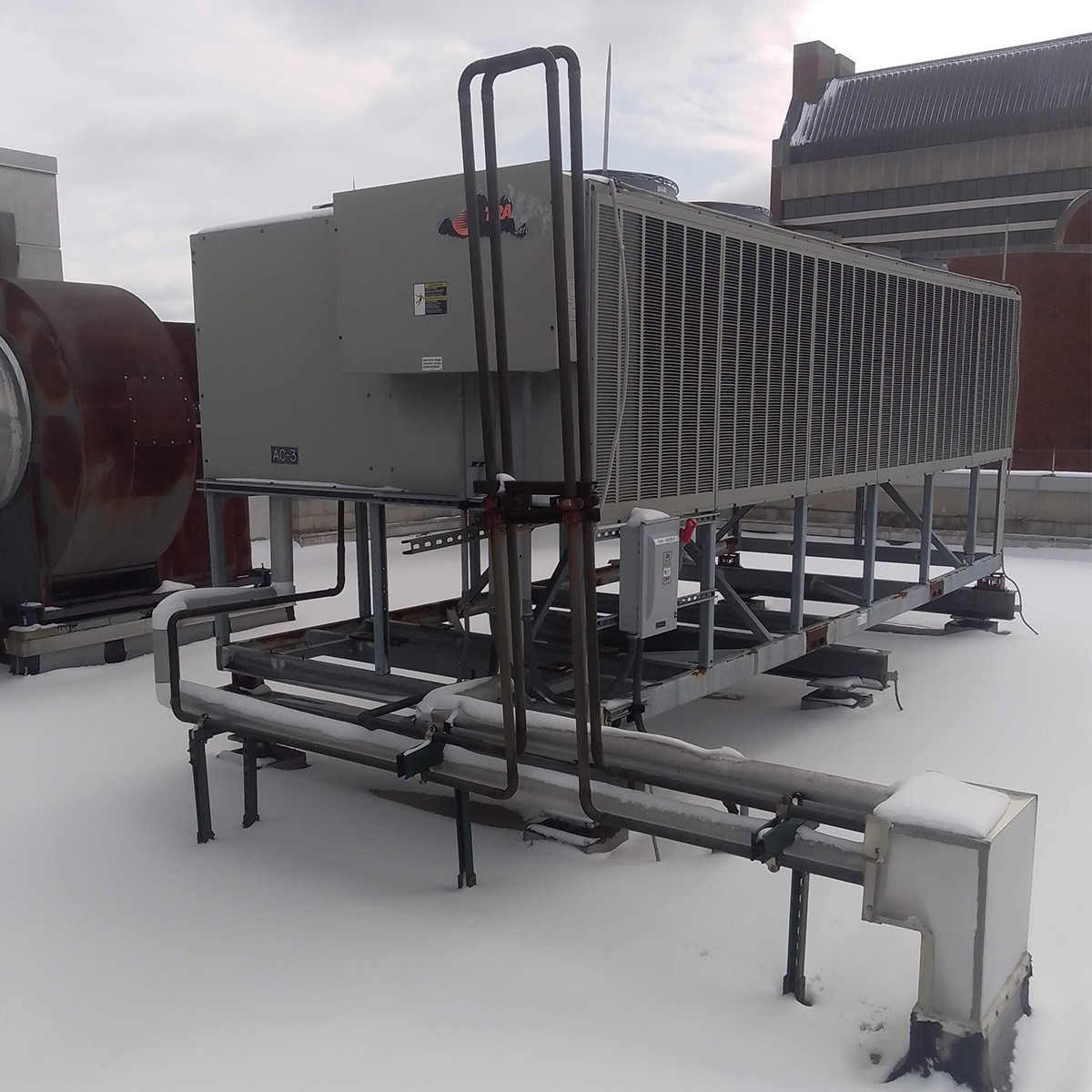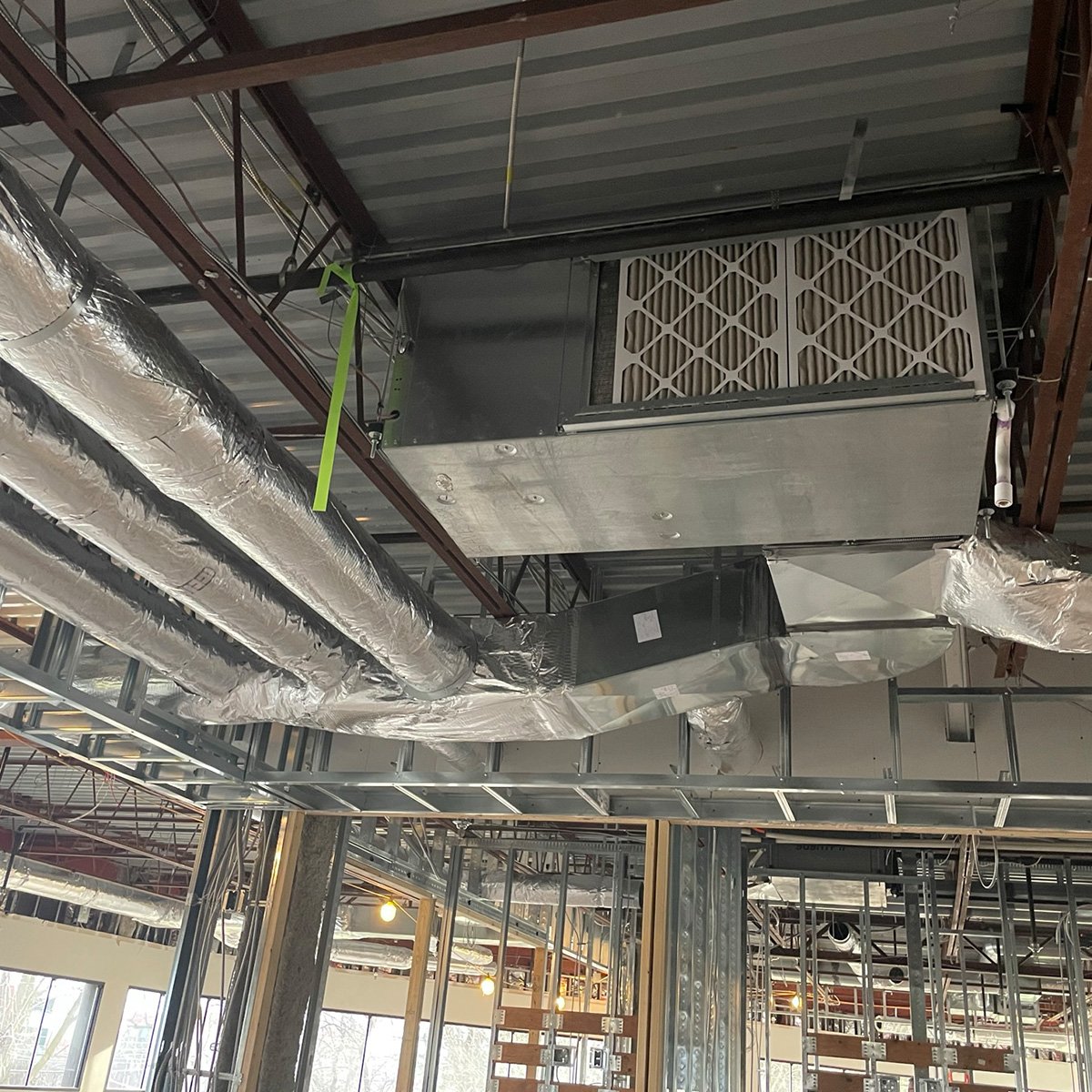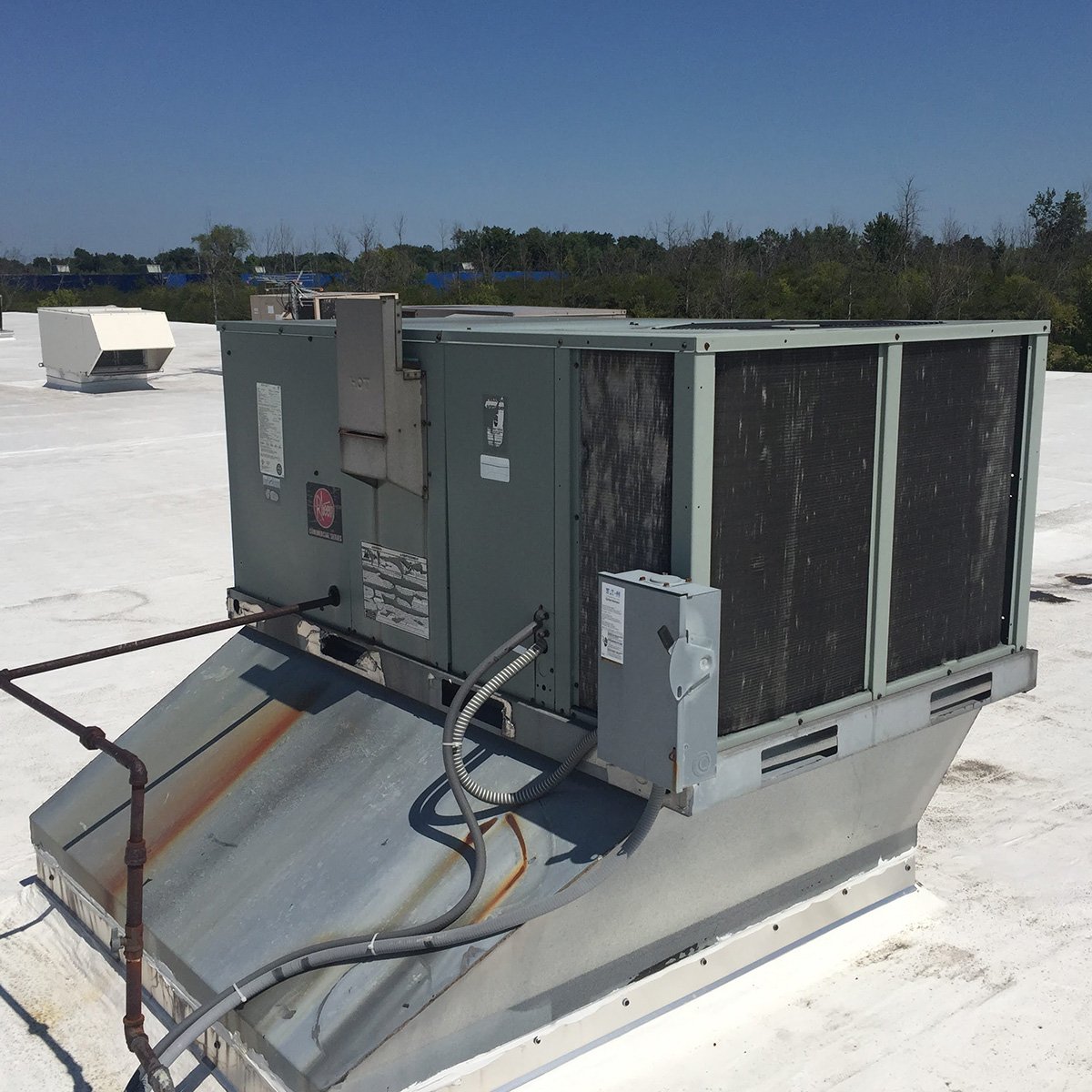When is the right time to replace your
HVAC unit?
If your building was built in 2005 or earlier?
Continue reading...
Did you know...
R-22 refrigerant, commonly used in HVAC equipment, has been linked with ozone layer depletion. The U.S. and the EPA, in cooperation with other agencies and groups around the world, initiated a phase out of many ozone-depleting agents as part of an international agreement known as the Montreal Protocol.
If your units are utilizing R-22 refrigerant, this was banned from production and import starting in 2020. Only recycled R-22 will be available to service existing air conditioners. With the cost of service dramatically increasing because of the declining supply of recycled quantities, now is the time to consider replacement.
The Montreal Protocol can impact your building's rooftop units (RTU), chillers and heat pumps. Starting January 1, 2024 chiller equipment will no longer be manufactured with R-134a or R-410a. As part of the Montreal Protocol, the AIM Act will also reduce production of these refrigerants by an additional 30%, causing a potential jump in pricing.
If your equipment looks like the examples below, there is a good chance it utilizes refrigerant that may be part of the Montreal Protocol.

Water Cooled Chiller

Air Cooled Chiller

Heat Pump

Roof Top Unit (RTU)
If you see this on your equipment's nameplate, we can talk to you about your options.

Benefits for replacement now:

Save Energy
Making the switch to energy-efficient HVAC systems can have a long-term positive effect on your annual energy consumption. A new HVAC system can potentially yield an annual savings anywhere between 10-30% on your energy costs.

Reducing your Carbon Footprint
Your building's carbon emissions and its environmental impact can be dramatically reduced.

Better Thermal Comfort for your Occupants
Comfortable building occupants are happy, healthy, and productive occupants. Thermal comfort, can also lower your operating energy costs. Studies have shown there could be weekly averaged energy saving between 17 and 24%.

Improve Indoor Air Quality for Occupants
According to the EPA, indoor air quality has been linked to workplace productivity increases of more than 10%.
Let us know a little about your building and either Jim or Matt will be connecting with you to go over your best options.

Director of Mechanical Engineering
Principal

Mechanical Engineer
Associate Principal
